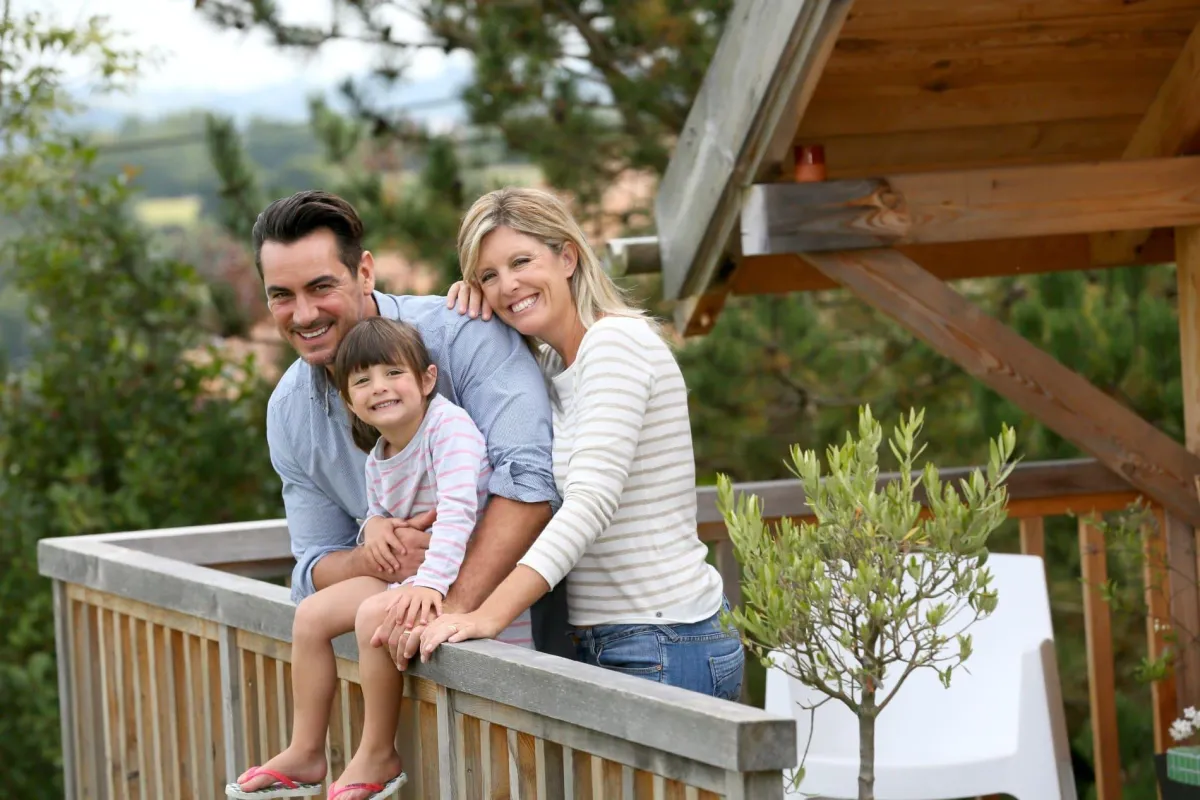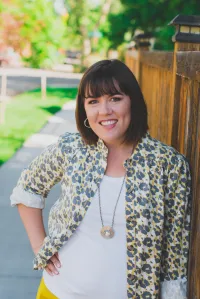Harmony in
Neurodiversity
THE BLOG
Welcome to Harmony in Neurodiversity, a blog dedicated to exploring the profound impact of music and positive parenting strategies on the lives of neurodivergent individuals. Join Samantha, a board-certified Neurologic Music Therapy fellow and a passionate Positive Discipline Parent Educator, as she shares her expertise in leveraging the power of music and effective parenting approaches to support and empower neurodiverse communities.
In her blog posts, Samantha delves into the intricate connections between music and the brain. She explores how specific musical elements and interventions can enhance cognitive functions, regulate emotions, improve communication, and promote social interaction among neurodivergent individuals. Through insightful articles and case studies, she demonstrates how rhythm, melody, and lyrics can serve as powerful tools for therapeutic interventions, fostering growth and self-expression.
Positive Discipline Parenting Strategies:
Drawing from her expertise as a Positive Discipline Parent Educator, Samantha sheds light on nurturing positive relationships between parents and neurodivergent children. Her blog offers practical advice, evidence-based strategies, and real-life anecdotes that empower parents and caregivers to cultivate respectful, encouraging, and effective parenting techniques. From setting clear boundaries to fostering a supportive environment, Samantha guides readers in navigating the challenges and joys of parenting neurodiverse children.
Exploring Intersectionality:
Samantha doesn't limit her discussions to singular approaches. Instead, she delves into the intersectionality of Neurologic Music Therapy and Positive Discipline Parenting, illustrating how these methodologies complement each other. Through her insightful content, she showcases how the harmonious integration of music-based interventions and positive parenting strategies can create holistic support systems for neurodivergent individuals, promoting their well-being and personal growth.
Community Engagement and Resources:
Additionally, Samantha fosters a vibrant online community where readers can engage, share experiences, and seek advice. She curates a wealth of resources, including recommended readings, workshops, and practical tools, empowering her audience to implement valuable insights into their lives effectively.

Lessons From the Cabin Meltdown
Last weekend, something happened that reminded me how much is going on beneath the surface for our kids and how fast things can unravel when their internal “cup” overflows.
We were up at my in-laws’ cabin. My husband and son had gone up earlier that day with other family members for what should’ve been a fun day of rafting. I arrived later that evening with our other kids, just in time for things to go sideways.
As I got out of the car, my son opened the door, and my purse fell out. He picked it up and set it down... right on top of a pack of bread rolls. I said, “Oh, don’t smash the rolls,” and he immediately burst into tears, ran into the garage, and told me to leave him alone.
Then he ran into the woods.
It was getting dark, and I was panicking. I didn’t know what had happened or why he was reacting this way, but I knew I couldn’t let him disappear into the trees. I followed from a distance, close enough to keep him safe, but far enough that I wasn’t crowding him. He was clearly dysregulated, arms crossed, flinching when I got too near, and switching between crying and laughing.
Eventually, I got him to sit in the car and offered him his nightly medication. He agreed, and while I stepped away to grab it, his grandma gently checked in with him. Thankfully, he took the meds, calmed down, and agreed to sneak into the cabin through the back door, where he could have a quiet space to himself. He ate some muffins, drank some milk, and fell asleep.
After he was settled I found out what happened. The family’s “two-hour” rafting trip turned into four and a half hours in the sun and water. He was exhausted, over-socialized, hadn’t eaten dinner, and was at his limit. That little comment about the rolls was the final drop that spilled the cup.
As I reflect on that experience, I think there are some things I did well and things I could have done better.
Here’s what I did well:
I kept him safe and in sight without escalating things.
I stayed calm and didn’t yell.
I helped him get to a quiet, regulated space.
Here’s what I could’ve done better:
I told him I’d take him home without knowing if I actually could. That could have backfired when I wasn’t able to follow through.
I kept asking, “What’s wrong?” in the middle of his meltdown, when what he really needed was space to decompress.
After things settled, we made a plan. He had a designated quiet space for the rest of the trip. We downloaded a Jurassic Park movie for solo screen time. We gave him full permission to step away, nap, or just lie down. He did much better once he had control over his environment.
This experience was a powerful reminder: even if your child seems fine on the outside, something might be brewing under the surface. My husband checked in several times that day to make sure my son was okay. Every time my son looked fine and said he was good.
When meltdowns happen, our job isn’t to fix it in the moment or demand answers. It’s to help our kids feel safe enough to come back to calm.
If you are finding yourself feeling helpless or lost more times than not in your parenting journey, I would love to support you.
This is exactly what I help parents with inside the Neurodivergent Parenting Community.
Here’s what it looks like:
Implementing new tools to better understand your child’s needs
Finding strategies that actually work for your kid
A community that reminds you parenting is hard and you’re doing great
You don’t have to figure it out alone.


